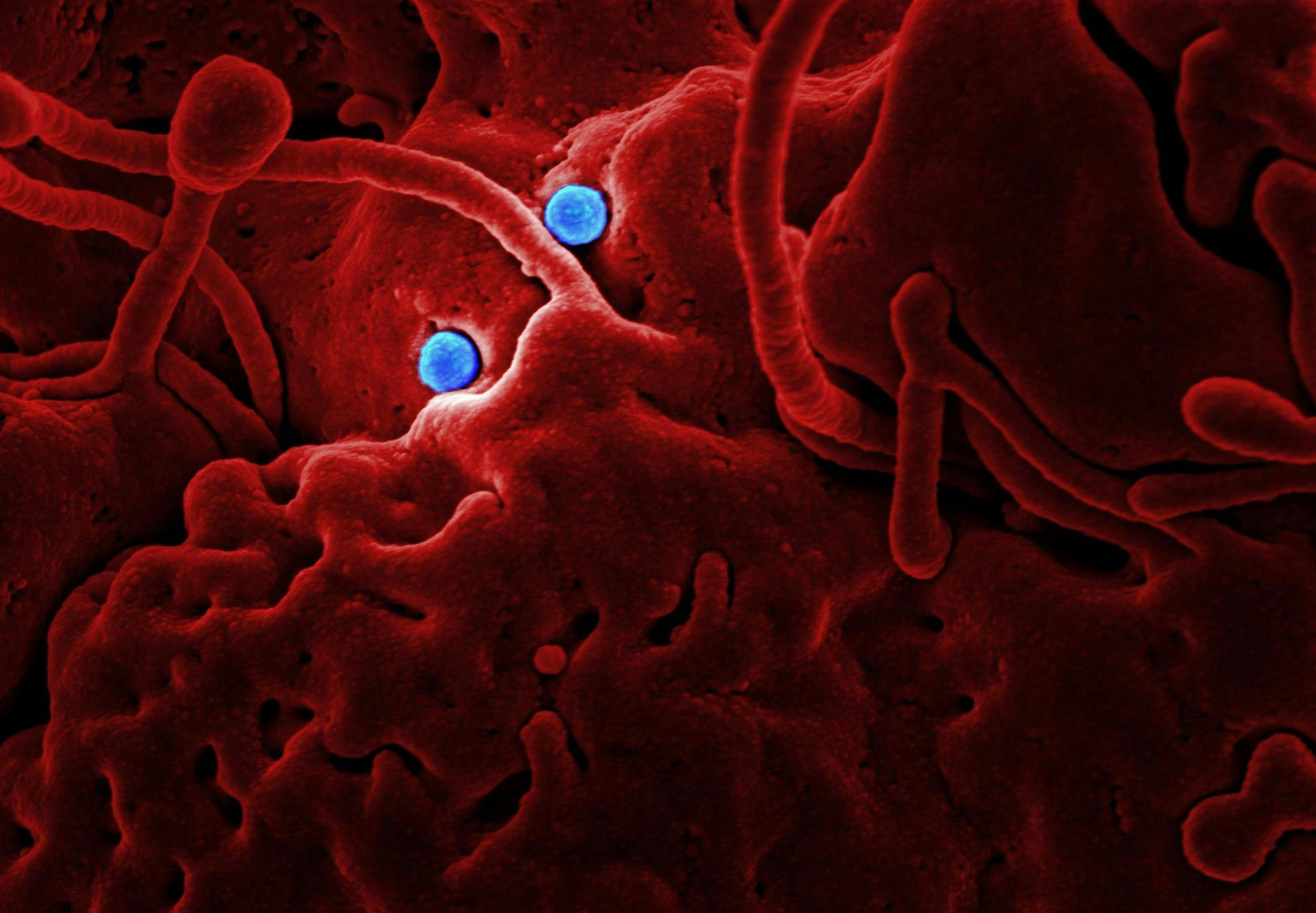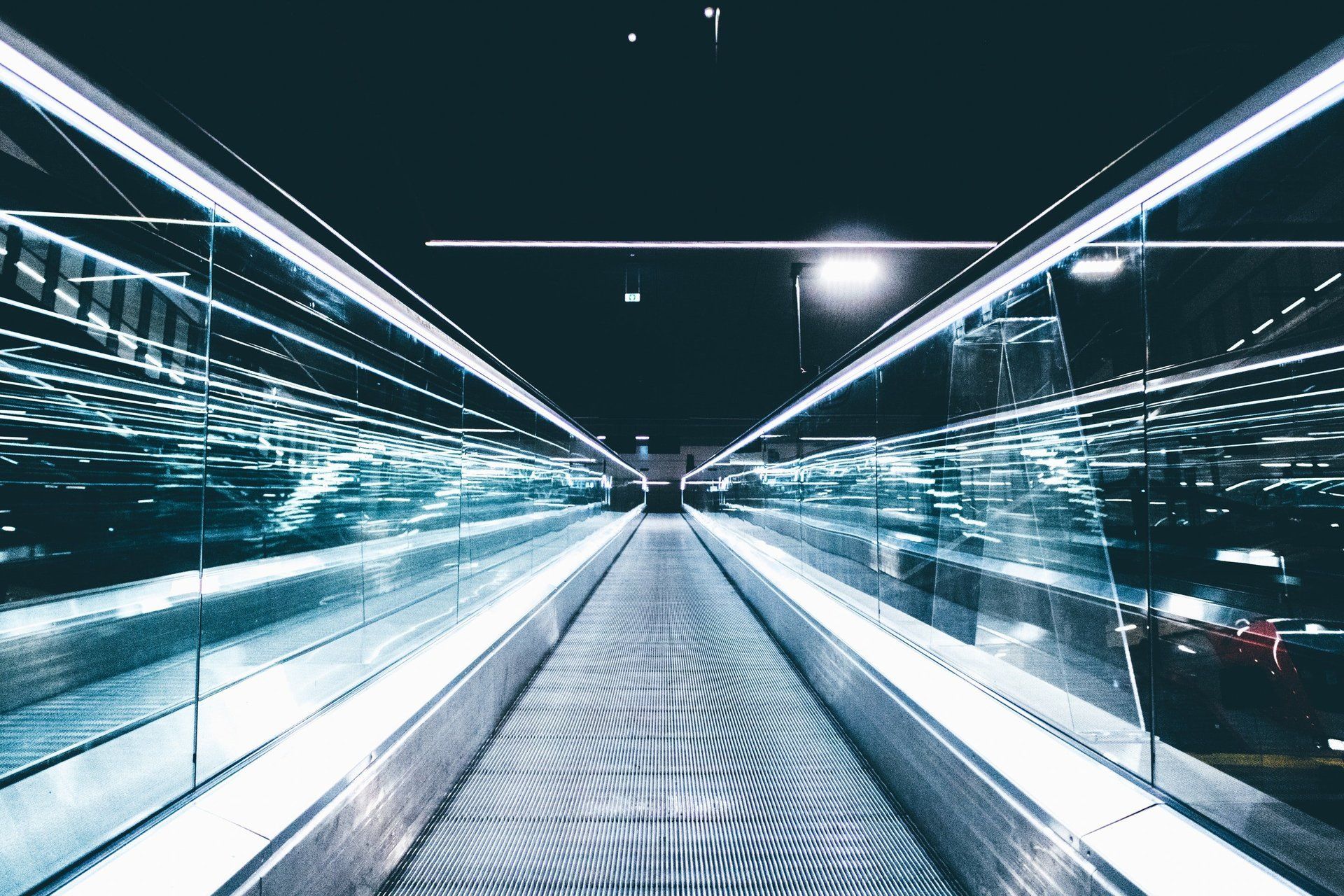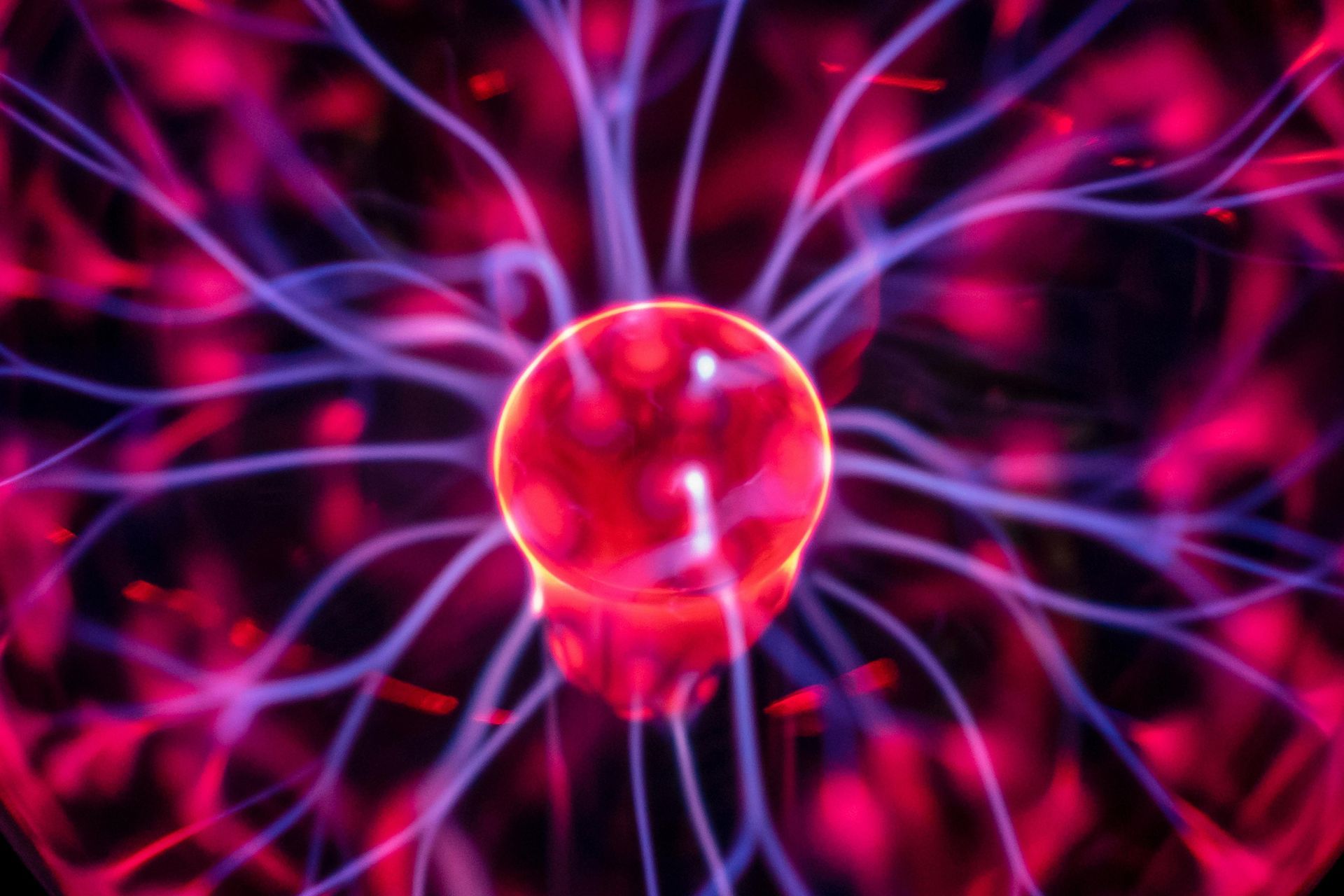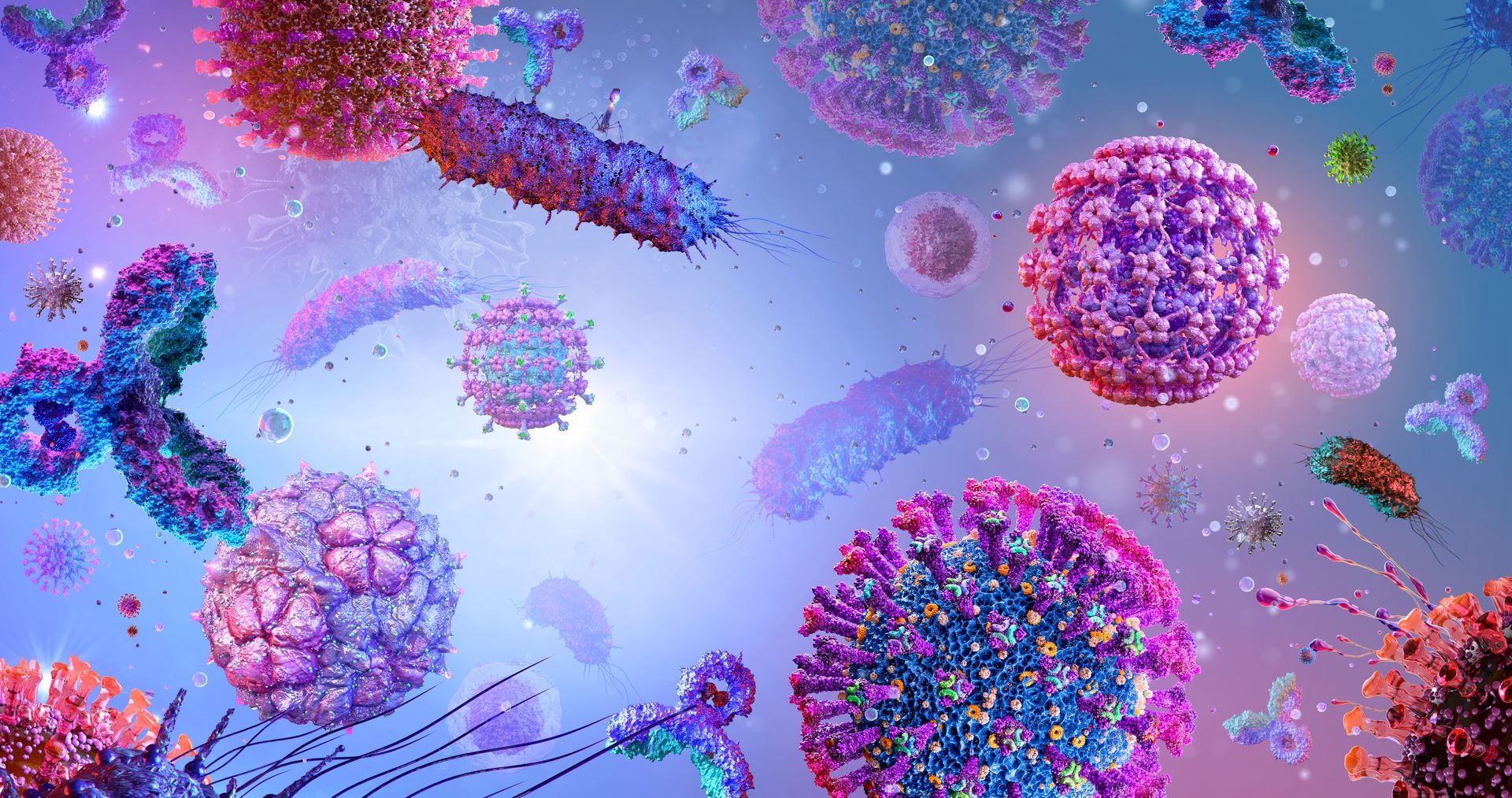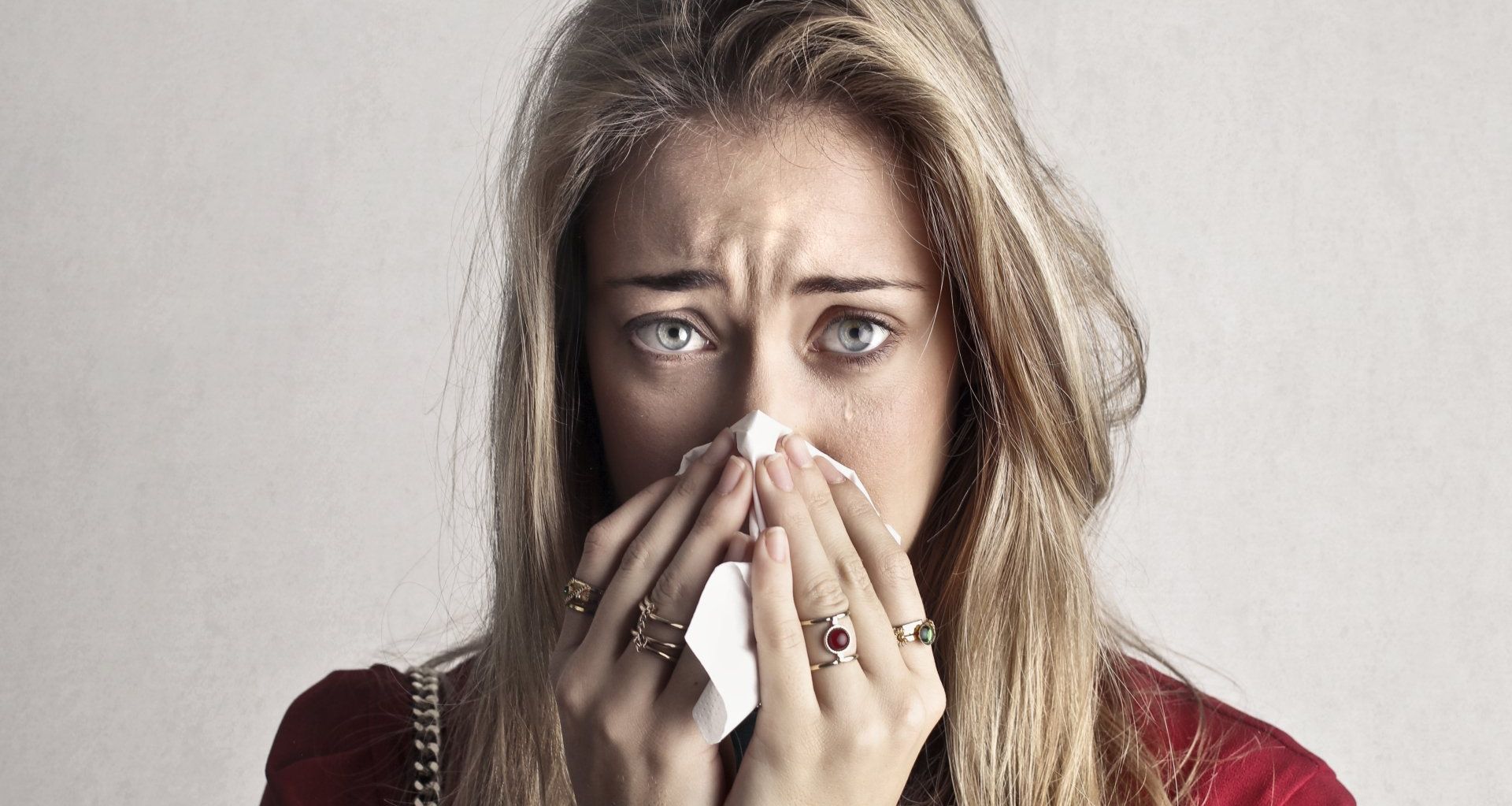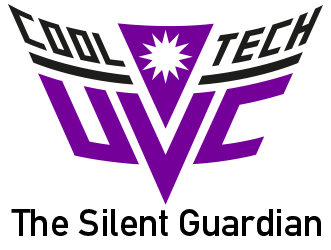3 incredibly nasty pathogens killed by UV lighting - And their symptoms
Hospitals have been using UV lights as a cleaning tool for many years, using industrial-grade machines to decontaminate tools and rooms. One recent study involved 21,000 patients, each of whom spent time in a room where someone else had been treated. The result? Sanitizing a hospital room with UV light, as well as using traditional cleaning methods, reduced the transmission of drug-resistant bacteria by 30% (source: https://www.insider.com/does-uv-light-kill-germs).
UVC light destroys the DNA of pathogens, so it's effective against all sorts of nasties, including so-called superbugs. In 2017 a study saw UVC light killing the incredibly nasty methicillin-resistant MRSA bacteria, a study repeated in 2018 with the same excellent results. It's particularly powerful since it kills viruses and bacteria whether or not they're drug resistant. So what are the three most dangerous viruses killed by UV lighting, and what are their symptoms? As it turns out, they're all well worth avoiding!
UV light kills Covid-19 – A disease you want to avoid at all costs
The virus has been around for a while now, and we're starting to get a handle on a long list of unusual and unexpected Covid symptoms. It seems to be affecting people in many different ways. Some people suffer a very light version and recover in days, sometimes as little as a day. Others go on to be very poorly, a few of whom end up in hospital. And a third group mostly recovers but keeps experiencing odd symptoms that don't go away, something scientists have started calling 'Long Covid'.
Here's a list of current Covid symptoms, a list that's still growing.
- Insomnia
- Chest pains
- Exhaustion
- Chronic headaches
- Itching
- Diarrhoea
- Nausea and vomiting
- Deep vein thrombosis
- Heart attacks and strokes, particularly in younger patients
- Brain damage
- Nerve damage
- Permanent lung damage
- Long-term gut bacteria changes, with more harmful bacteria
- Depression and anxiety
- Tingling fingertips and numb arms
- Lost or damaged sense of taste, smell, or both
- Weight loss and lost appetite
- Bloating
- Confusion (also called brain fog)
- Dizziness and seizures
- Hallucinations
- Skin rashes
- Blisters on the mouth or body
- Wounds on the toes
- Severe muscle pain
- Inflammation
Nobody knows whether this is a full list, or how long these symptoms might last, or whether there may be more side effects that develop later on. We don't know how the human immune system responds to the virus, whether we get some natural immunity, and if so how long the immunity lasts.
MERS – Middle East Respiratory Syndrome coronavirus
(Source: https://pubmed.ncbi.nlm.nih.gov/27805261/ and https://www.nhs.uk/conditions/middle-east-respiratory-syndrome-mers/ ) MERS is a 'rare but severe' coronavirus. Studies have revealed the right kind of UV light reduces the MERS coronavirus 'below the rate of detection', great news in a world where there's no real reason why MERS won't eventually braise its head again, and might well end up here in the UK.
MERS was first identified in 2012 in the Middle East, where there's still the greatest risk of infection. At the moment the MERS risk in the UK is very low, with the last UK case discovered during 2018. MERS spreads between animals and people, and it looks like camels are the main source. It can also spread between people via droplets from coughing, but you usually have to be in close contact to catch it.
Typical symptoms are a fever, cough, diarrhoea, vomiting, and difficulty breathing. Like Covid-19, it's usually worse if you have an underlying health condition. There isn't any treatment for MERS, or a vaccine, so all the medical profession can do is treat the symptoms. And anything from 36% to 40% of people who catch MERS die of it.
Ebola – A disease with a 50% death rate
(Source: https://www.nhs.uk/conditions/ebola/) Ebola is a horrific disease, and thankfully one that hasn't made its way to the UK. So far, nobody in the UK has caught Ebola from another person in the country. If you travel to sub-Saharan Africa, the risk of exposure is usually very small. But if you happen to be a voluntary worker or someone else who cares for infected people, you're at risk.
The symptoms arrive anything 2 and 21 days after becoming infected, and they develop quickly. Ebola symptoms are a high temperature, serious headache, joint and muscle pain, a sore throat, very bad muscle weakness, diarrhoea and vomiting, a rash, stomach pain, damaged kidney and liver function, internal bleeding, plus – ultimately – bleeding from the ears, eyes, nose or mouth.
The same as SARS and MERS, there's no treatment or vaccine for Ebola, and it's often fatal. 50% of patients die from the disease.
UV light protects people from Covid-19
Increasing numbers of studies are proving the efficiency and effectiveness of the right kind of UV light in treating spaces and surfaces exposed to the virus. A human with a cleaning cloth can never achieve the same levels of disinfection as a UV machine. You can rely on our technology to do an excellent job every time. Give us a call and we'll answer all of your questions.

